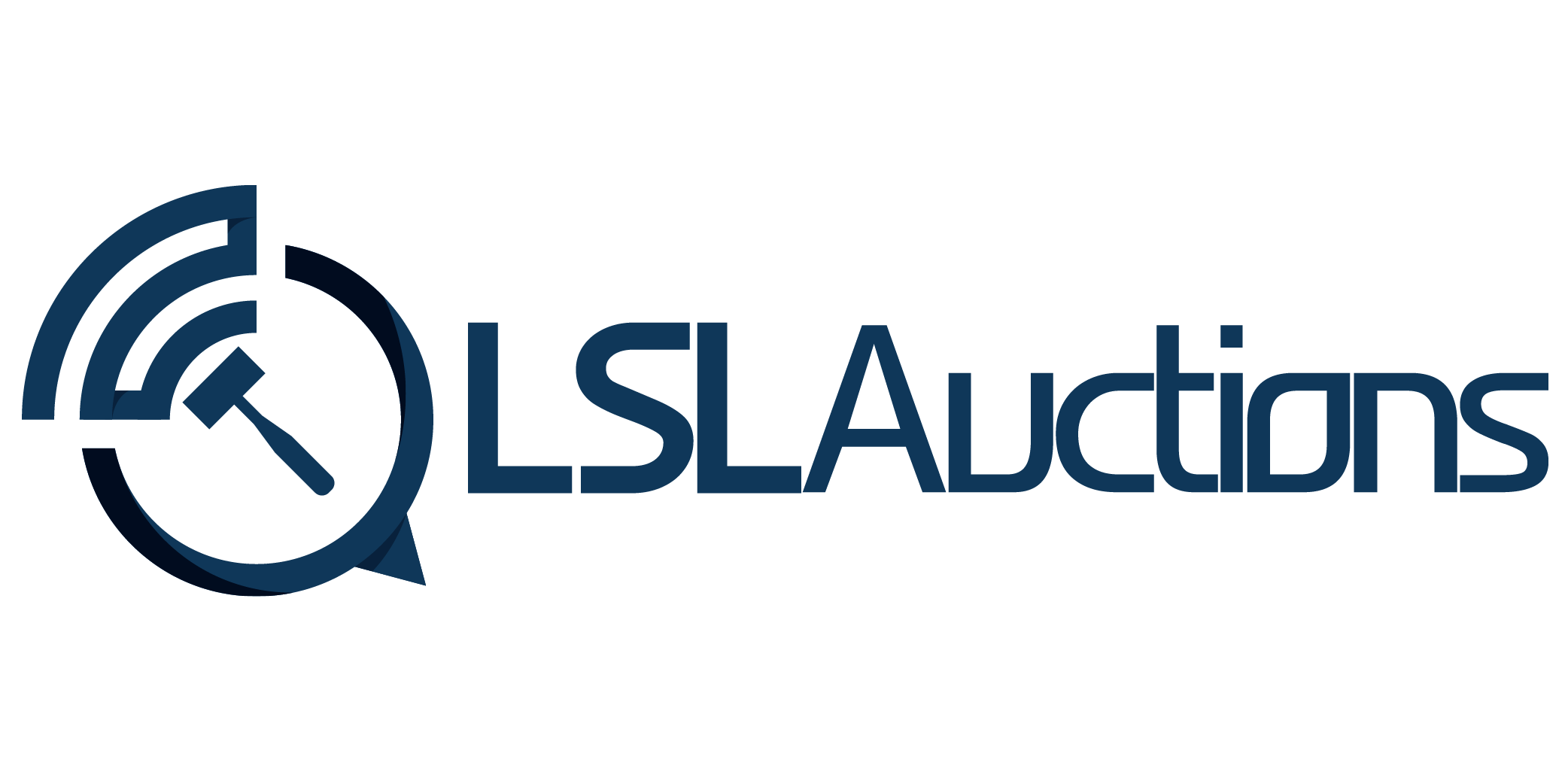From July 2022, more than 21,000 electricity customers will be able to sell excess solar energy generated from their own panels back to the national grid.
The Clean Export Guarantee tariff will mostly reflect as a discount on electricity bills. Why bother? Solar energy must be used when it is generated. Alternatively, it can be stored in batteries for later use that same day or night. However, storage units are often too expensive for households, so it makes sense to sell the excess.
It is up to the individual electricity suppliers to decide what rate to pay. For example, Pinergy is offering 13.5 cents/kWh. The scheme was announced in February, so bill credits, or payments, will be backdated until then. No payments up to EUR 200 will be subject to income tax.
According to ESB Networks, those who have solar panels but have not yet signed up for the tariff, or are fitting panels for the first time, must fill out an NC6 microgeneration notification form. This will authorise the necessary checks to establish whether their installation qualifies for the payment.
Another scheme to be launched later this year will cater to those with larger solar arrays. This includes industry, large farms, community buildings, schools, and institutions. The Clean Export Premium will pay less to these providers, but it will be fixed for 15 years.
By 2030, national electricity grid managers EirGrid expect to be handling about 600 megawatts of microgenerated solar power. That’s enough to fully power 250 000 homes.

